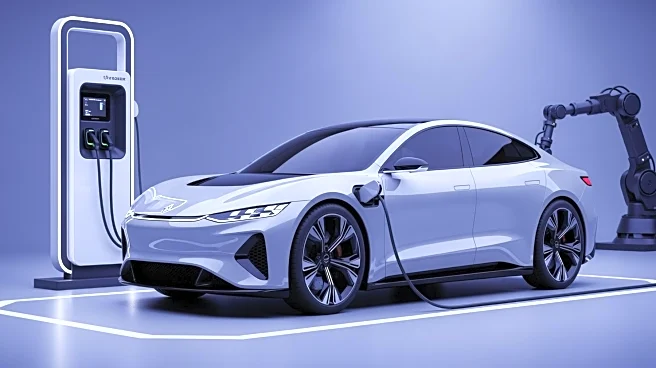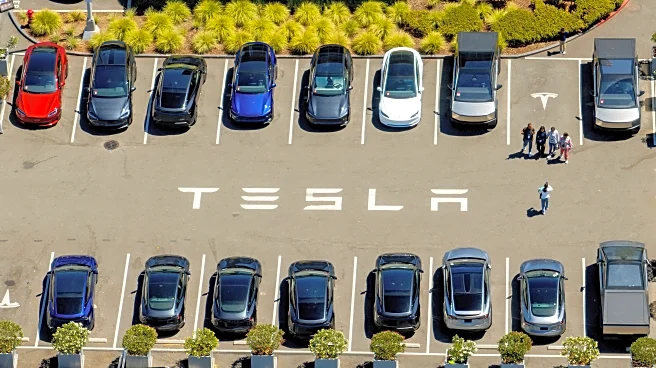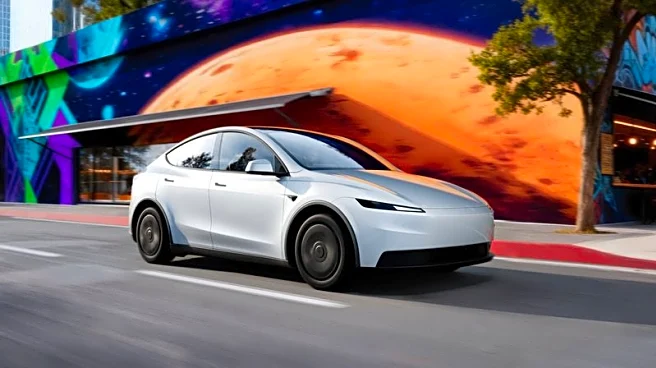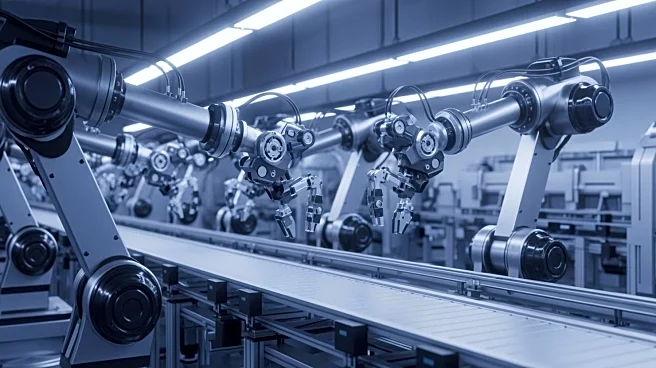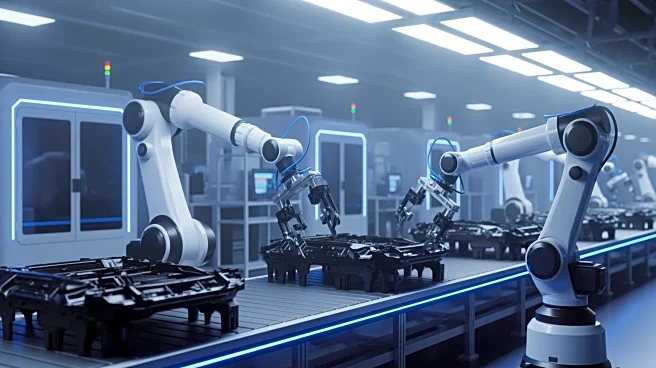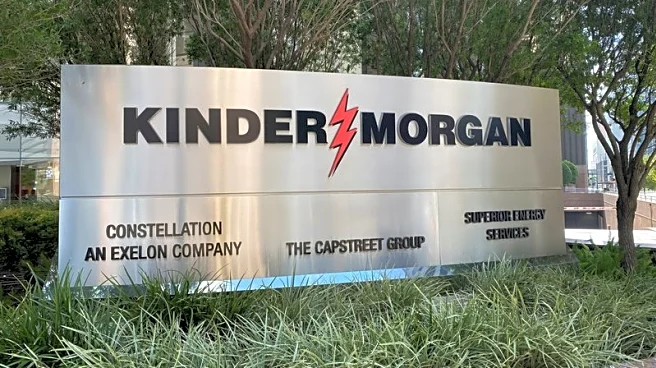What's Happening?
Tesla has claimed in its Q3 shareholder letter that it launched a ride-hailing service in the San Francisco Bay Area using 'Robotaxi technology.' However, the company does not have the necessary license
to operate autonomous taxis in California. Tesla's service in San Francisco is similar to Uber or Lyft, utilizing Tesla vehicles equipped with level 2 driver-assist systems, but not fully autonomous. The company has previously launched a 'Robotaxi' service in Austin, Texas, which includes a safety monitor in each vehicle. Despite Tesla's claims, the service does not meet the expectations of a true autonomous taxi service. Tesla's statements have raised concerns about the accuracy of its claims and its progress towards autonomous vehicle technology.
Why It's Important?
Tesla's misleading claims about its Robotaxi service in San Francisco could impact investor trust and confidence in the company's ability to deliver on its promises of autonomous vehicle technology. The lack of progress in expanding the service beyond Austin, Texas, and the absence of necessary permits in California highlight potential regulatory and operational challenges. Investors may question Tesla's transparency and the feasibility of its ambitious goals, which could affect the company's stock performance and market reputation. The situation underscores the importance of regulatory compliance and honest communication in the autonomous vehicle industry.
What's Next?
Tesla plans to expand its Robotaxi service to 8-10 metro areas by the end of the year, although this is a reduction from the 47 areas previously promised. The company has applied for permits in states like Arizona, Nevada, and Florida, but not California. Tesla aims to remove safety monitors from its Austin Robotaxis by year-end and follow a similar approach in new metro areas. The company's future actions will be closely watched by investors and regulators, as they could influence Tesla's ability to achieve its autonomous vehicle goals and maintain investor confidence.
Beyond the Headlines
Tesla's approach to communicating its progress on autonomous vehicles raises ethical questions about corporate transparency and accountability. The company's use of ambiguous language to suggest advancements that have not been realized may lead to increased scrutiny from regulators and investors. This situation highlights the broader challenges faced by companies in the autonomous vehicle sector, including navigating complex regulatory landscapes and managing public expectations.


